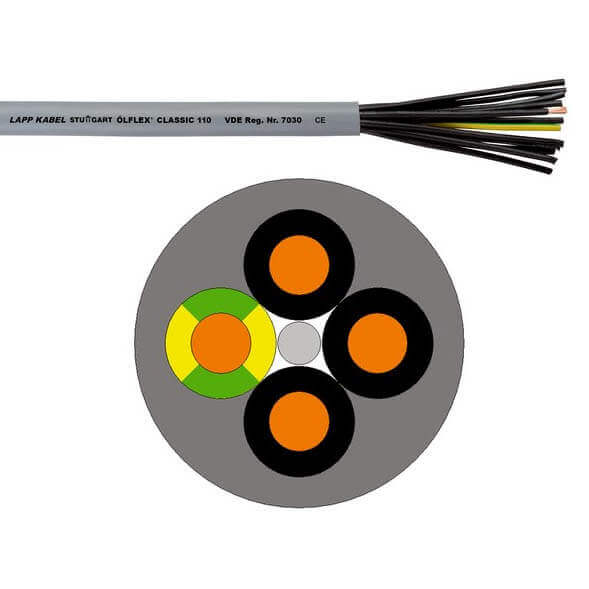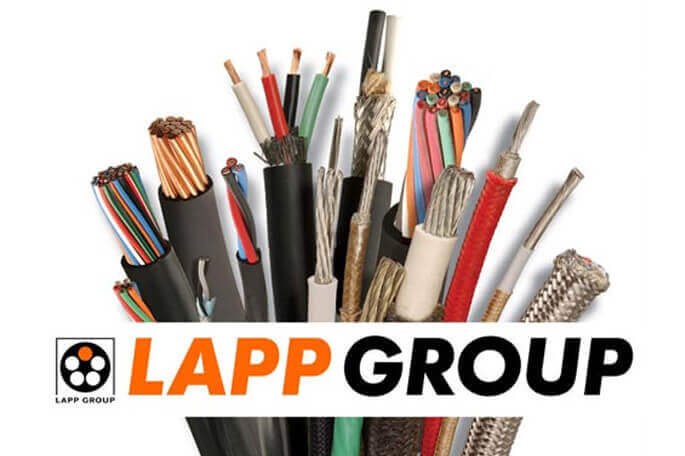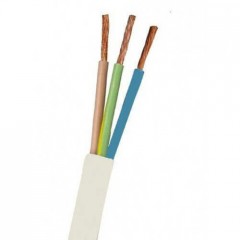Cable Specifications OLFLEX CLASSIC 110
Design
First, let's look at what an OLFLEX cable consists of. The conductor structure is represented by copper conductive cores coated with an insulating layer of PVC. All cores are twisted together and covered with a sheath made of special PVC compound, which prevents the spread of flame. The manufacturer (Lapp Cable) provides for digital marking of cores, however, the insulation of all is black (except for grounding, this wire is yellow-green).
In the picture below you can see the cable design:
Specifications
From the main characteristics of OLFLEX CLASSIC 110 I would like to highlight:
- Rated voltage 300/500 Volts.
- The resistivity of the insulating layer is> 20 GΩ x cm.
- Core flexibility: 5.
- Operating temperature range: from -40 ° C to + 80 ° C for stationary installation and from -5 ° C to + 70 ° C in conditions of limited mobility.
- The minimum bending radius is 4 diameters with fixed laying and 15 diameters with limited mobility.
Speaking about the characteristics, it is impossible not to note the outer diameter and weight of the cable. These parameters depend on the cross section of the conductive conductors, so for your information we bring to your attention a table of cable cross-sections OLFLEX CLASSIC 110:

Application area
As we have already said, OLFLEX cable has found its application in mechanical engineering, energy, mechanization and other industrial sectors. This is due to some features of the conductor, namely: resistance to chemical attack and oils, good flexibility and resistance to mechanical stress.
It is also used in measuring, control and monitoring networks. It is permissible to lay it in dry and damp rooms, but it is important that there is no excessive mechanical load on the conductor.
The use of OLFLEX CLASSIC 110 significantly simplifies installation in conditions with limited space. In this case, cable laying is allowed both stationary and in conditions of limited mobility. The main thing is to exclude the extension of the conductor.
Manufacturer
The last thing I would like to talk about is the manufacturer of the OLFLEX CLASSIC 110 cable. This type of conductor is manufactured by the German company LAPP Group, so the workmanship is at a fairly high level. The cable in question complies with VDE registration No. 7030. This certificate is recognized in more than 50 countries.
This is where we end the review of the technical characteristics of OLFLEX CLASSIC 110. Now you know what this cable consists of and where it can be used!







